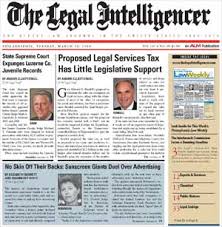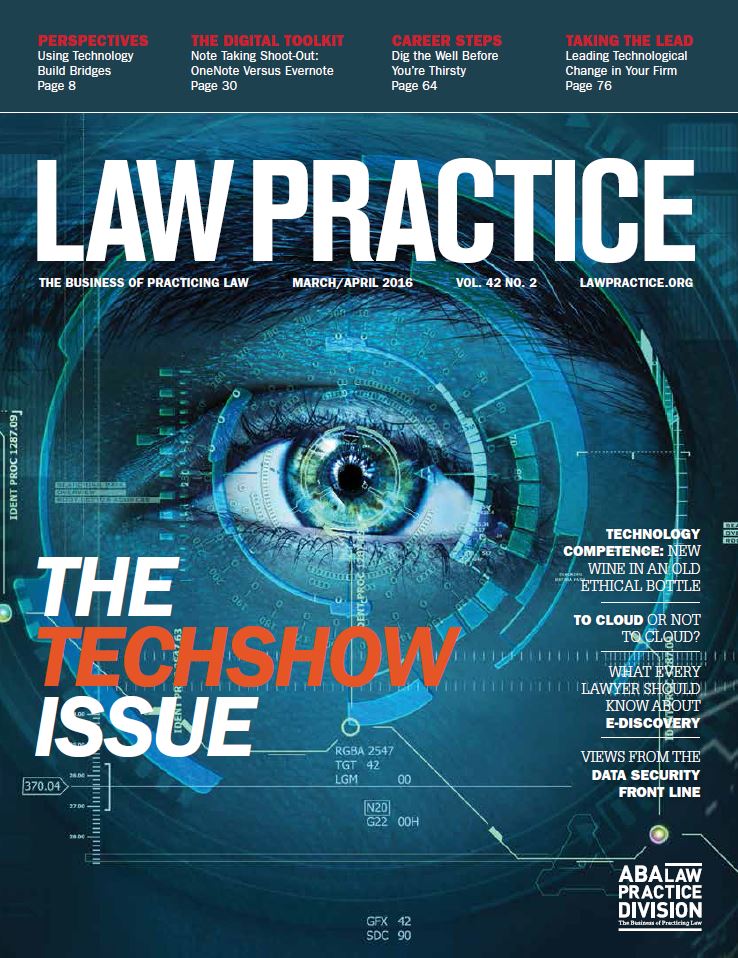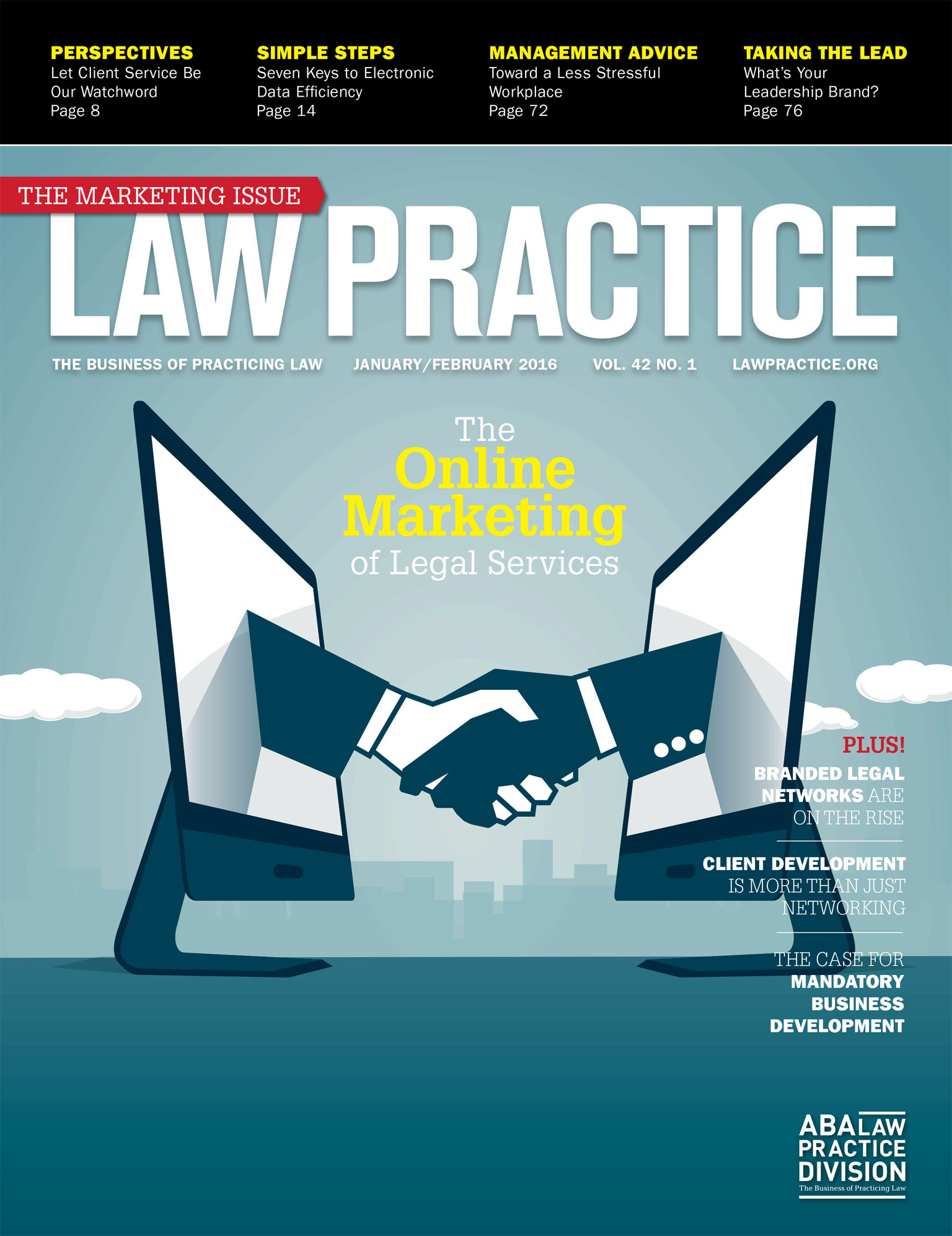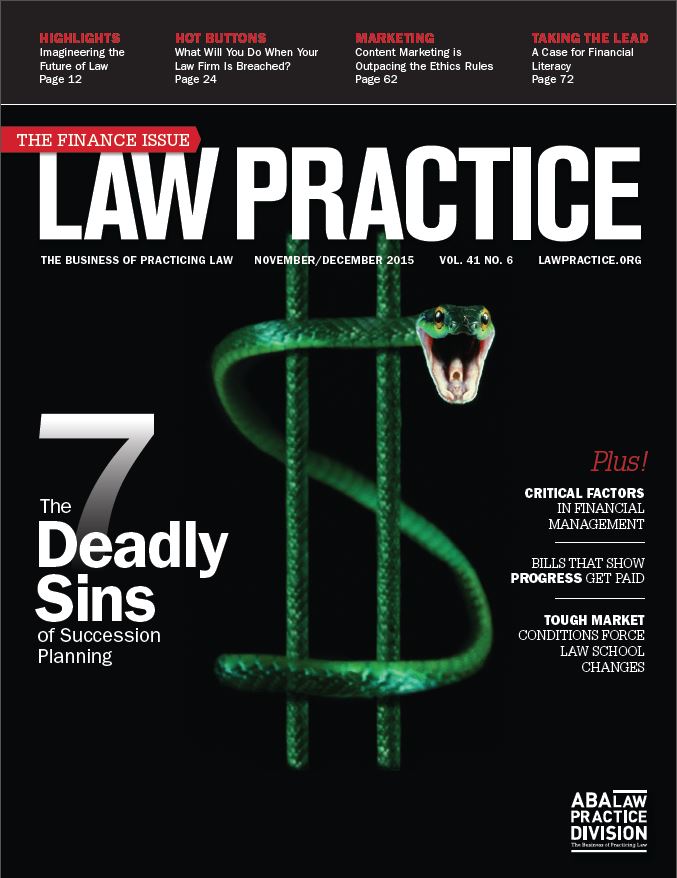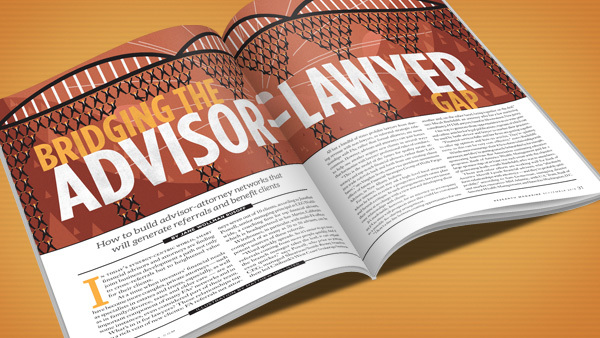Legal Tech News: Online Legal Resources Straddle the Line between Public Good and Client Generation
 What do for-profit and nonprofit legal organizations stand to gain from publishing free or low-cost educational resources? Investment in a public good and expertise, to start, writes Law Technology News reporter Gabrielle Orum Hernández in the November 2016 edition.
What do for-profit and nonprofit legal organizations stand to gain from publishing free or low-cost educational resources? Investment in a public good and expertise, to start, writes Law Technology News reporter Gabrielle Orum Hernández in the November 2016 edition.
In Online Legal Resources Straddle the Line between Public Good and Client Generation, Hernandez asked me about my experiences with the subject matter. I talked about a Hart-Scott-Rodino database I worked on with Morgan Lewis in the 90s—an early adopter for sure. I mentioned how I often use Tom Spahn’s legal ethics opinion summaries database at McGuireWoods—a great free online resource. I pointed out that many online resources that were once considered valuable content—links libraries, FAQs, online forms and brochures—were now often outdated, replaced by short and sweet videos, blog posts and on-demand webinars, podcasts and accredited (free) online continuing legal education (CLE).
But perhaps my most profound comment was sending her to my friend Greg Siskind, the king of online content development for the last 22 years or so at Visalaw.com. Greg’s start as a 26-year-old lawyer in 1994 trying to open up his own shop as a solo immigration attorney is the ultimate online rags-to-riches story—not as an immigrant (he’s from Nashville), but recognizing way back when that content development was the key…way, way before the term “content marketing” came into vogue.
 Marketing Attorney Blog
Marketing Attorney Blog


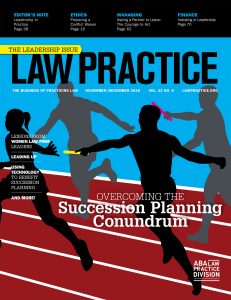
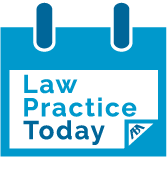 My first sit-downs with law firm management to discuss marketing strategies were 20 years ago. In the subsequent two decades, I held those discussions in the board rooms of Amlaw 100 law firms and in conference rooms of law firms with ten or fewer. Their approach to marketing expectations from young attorneys was consistently inconsistent.
My first sit-downs with law firm management to discuss marketing strategies were 20 years ago. In the subsequent two decades, I held those discussions in the board rooms of Amlaw 100 law firms and in conference rooms of law firms with ten or fewer. Their approach to marketing expectations from young attorneys was consistently inconsistent.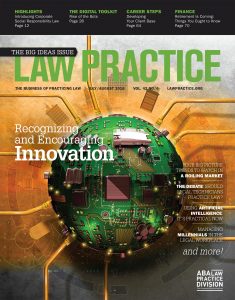 As National Football League coach Chip Kelly begins his first training camp with the San Francisco 49ers, my column in the July/August 2016 issue of the ABA’s Law Practice Magazine,
As National Football League coach Chip Kelly begins his first training camp with the San Francisco 49ers, my column in the July/August 2016 issue of the ABA’s Law Practice Magazine, 